Tech is the future built on innovations so advanced, that only a select few events can shift the financial landscape to its core when major tech stocks rise and fall. On January 28, Nvidia, one of the most prominent U.S. chip manufacturers, found itself at the centre of such a shift after experiencing an unprecedented market loss of $589 billion. The driving force for this sharp plunge was the entrance of a new contender in the field of AI: DeepSeek, a Chinese AI firm with a low-cost but extremely aggressive AI model which challenges the current leaders like the U.S.-based firms of Nvidia and OpenAI.
The Comeback: Nvidia’s 5% Gain
On January 28, after such an enormous sell-off, Nvidia bounced back 5%, demonstrating resiliency. The first drop in Nvidia’s market value was a result of fears raised about DeepSeek’s low-cost AI models that have the possibility of changing the AI scene, particularly in industries where Nvidia had managed to gain a firm footing. This was reversed as the dip buyers came in to push the Nvidia stock price upwards. The result was that the overall stock market, which had been battered by Nvidia’s drastic decline, also began feeling some consolidation. The trading volume for the S&P 500 was 40% more than its average monthly, a clear indicator of interest in Nvidia.
1. The DeepSeek Shock:
The root cause of Nvidia’s market rout lies in the increasing competitive pressure from DeepSeek, a Chinese startup that emerged with a surprisingly competitive AI model. DeepSeek’s AI technology reportedly performs at par with that of OpenAI, the creator of the popular language model GPT, and Meta Platforms Inc. However, the standout factor for DeepSeek is its cost-effective model, which is being offered at a fraction of the price of its U.S. counterparts.
This is a market in which Nvidia has dominated for decades. The arrival of a low-cost alternative was enough to send shockwaves across the industry. Investors feared that such a competitor would make it difficult for major U.S. companies to justify their high valuations, particularly when their AI models might soon face price-based competition. The sudden rise to the top of the Apple App Store rankings by DeepSeek’s open-sourced product highlighted a growing threat in the AI sector from Chinese companies, an area where the U.S. had previously enjoyed near-total dominance.
2. The Fallout:
DeepSeek news created an immediate and severe fallout for Nvidia. Nvidia’s share price fell by about 17% on January 27, wiping out $589 billion in market value—the largest single-day loss in Nvidia’s history and the biggest drop in the U.S. stock market since 2020. This loss eclipsed Nvidia’s previous record of a 9% drop in September, which saw a loss of $279 billion. The dramatic fall in Nvidia’s value sent shockwaves through the entire market, especially the technology sector, given Nvidia’s weight in major stock indexes.
The loss was also notable due to Nvidia’s role as one of the most influential companies in the S&P 500 index. When Nvidia’s stock takes a hit, the effect reverberates through the market. Actually, according to the data produced by Bloomberg, sell-offs in Nvidia triggered eight of the ten largest drops in the S&P 500 Index based on its market value. On January 27, this landslide caused the S&P 500 to fall to 1.5% as well as a drop of nearly 3% in the Nasdaq 100.
3. The Impact on Broader Markets:
Nvidia’s fall did not happen in a vacuum. It was part of a larger sell-off in tech stocks, as investors began to question the inflated valuations of companies that have poured billions of dollars into AI development. DeepSeek’s emergence forced a reevaluation of how much money had been invested in AI and whether those investments were sustainable, especially if cheaper alternatives were on the horizon.
Competition from DeepSeek, with its low-cost AI model, started to raise a question about how long companies like Nvidia, OpenAI, and Meta could remain profitable in the future. These companies had, for so long, commanded premium prices for their AI models because of their technological superiority. While Nvidia’s hardware remains crucial for training and deploying AI models, the emergence of DeepSeek has now opened up the possibility that such companies may not be able to maintain their present pricing models for too long.
The Role of AI and DeepSeek in Shaping the Tech Sector
AI has rapidly become the backbone of technological innovation, driving progress in everything from autonomous vehicles to healthcare and finance. Nvidia’s GPUs have been instrumental in training AI models, especially in deep learning applications. The emergence of AI startups like DeepSeek, which can deliver similar performance at a significantly lower cost, threatens to upset the balance of power in the AI market.
The rise of DeepSeek is a signal of the growing strength of Chinese tech companies, slowly encroaching on markets traditionally dominated by U.S. firms. Such competition signals a larger trend in the industry away from a world where tech companies have been letting costs be important factors in determining success. For Nvidia, a company that has been facing years of dominant market share, this also signals deep change, including in pricing strategies and perhaps even changing its partnership outlook and long-term growth planning.
Nvidia’s Strategy: Resilience and Diversification
The direct consequence of DeepSeek’s emergence into the AI hardware market has indeed been experienced; however, the giant still rules the roost in AI hardware. Nvidia’s GPUs are still extensively used in training AI models, and the software ecosystem remains robust. Still, the competition is becoming fiercer, and Nvidia would be forced to evolve accordingly.
Diversification could be another area that Nvidia plans to venture into because although AI is heavily integrated into its business, there are other revenues generated by the gaming division and automotive segment. Moreover, Nvidia has heavily invested in acquiring new technologies to position itself aggressively in the AI market. For instance, it bought ARM Holdings for a whopping $40 billion, which would expand Nvidia’s breadth enormously in the semiconductor space.
Market Sentiment and Shift Toward Value-Based Investments
News about DeepSeek and the market woes of Nvidia have triggered a change in market sentiment. As AI continues to take up more central positions in the world economy, investors may slowly begin to drift from growth-oriented investments toward more value-based ones, especially given emerging competition.
According to Solita Marcelli of UBS Global Wealth Management, the emergence of DeepSeek highlights the dangers of an overly concentrated or passive investment approach. In today’s world, where it is becoming increasingly important to diversify investment approaches, especially among competitors such as established players like Nvidia and emerging competitors like DeepSeek, she believes that it is very important to maintain and have a more diversified investment. Related to investors, current market dynamics may require a more cautious approach to high-growth opportunities balanced with value-based investments.
Looking Ahead: Long-Term Prospect of Nvidia
Though the near-term prospects for Nvidia are blurred by the rivalry of DeepSeek and volatility in the market, the company is well-poised for the long term. AI is in its nascent stages, and the leadership in GPU technology and AI hardware provides a strong lead that it would be tough to follow quickly.
For the coming months, expansion in AI capability and new partnership announcements are more than likely from Nvidia. Addressing challenges from competitors on lower prices would also form a part of this strategy. Investors will find themselves stuck in the sea of risk versus reward, which has been building as competition and market conditions tighten.
Conclusion: The Future of AI and Its Relation to Nvidia
The emergence of DeepSeek and the subsequent fallout in Nvidia’s stock price serve as a reminder of the rapid changes taking place in the AI sector. While Nvidia remains a key player in AI hardware, it will need to adapt to the evolving landscape and face the challenges posed by cheaper alternatives. For investors, this lesson is crystal clear: the pace of evolution of the tech sector is unprecedented, for future winners, must be agile, innovative, and ready to compete ferociously. The ability of Nvidia to manage the challenges the AI market faces will determine if it will retain its top position or lose the crown to a new player that can operate with better economics, such as DeepSeek.
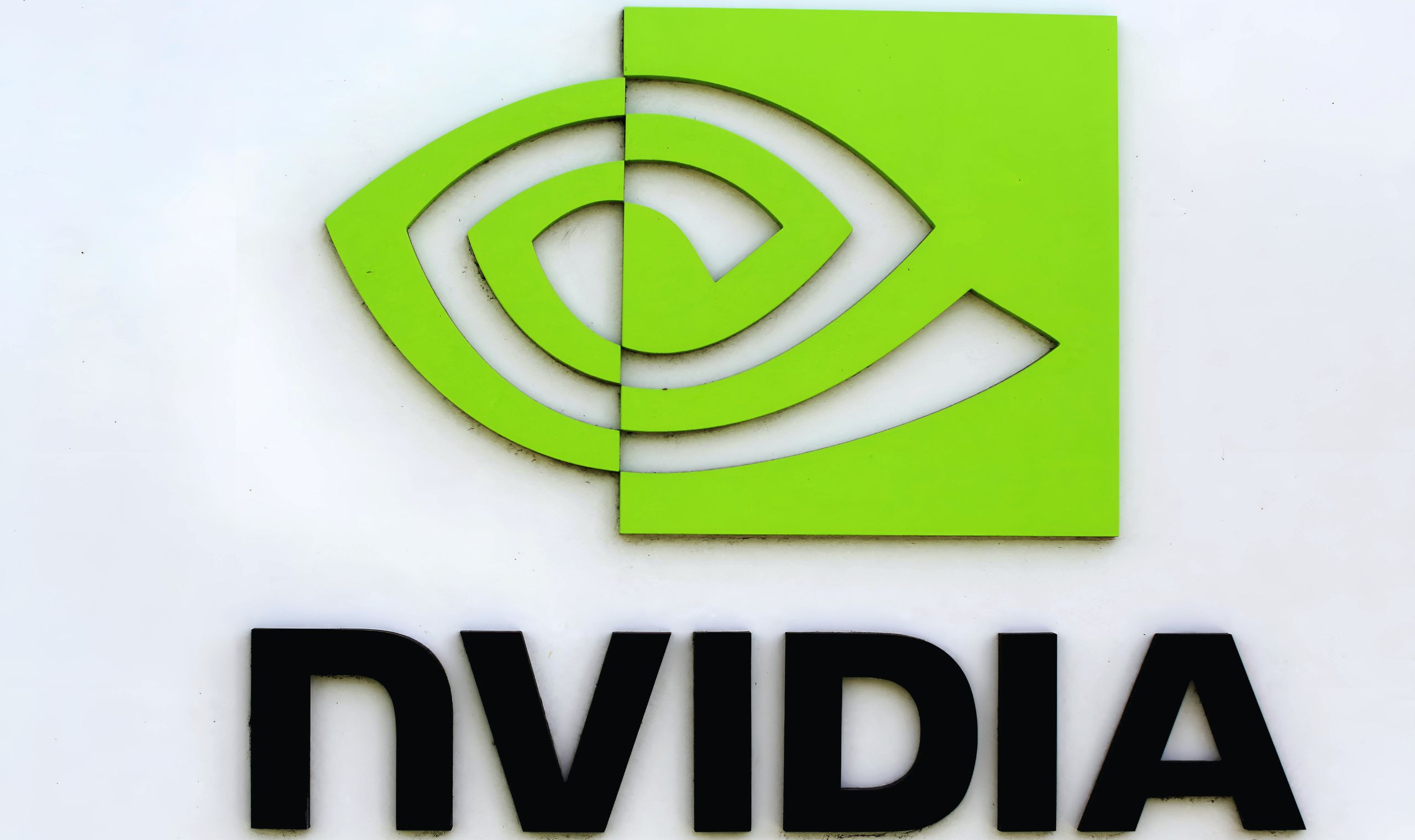






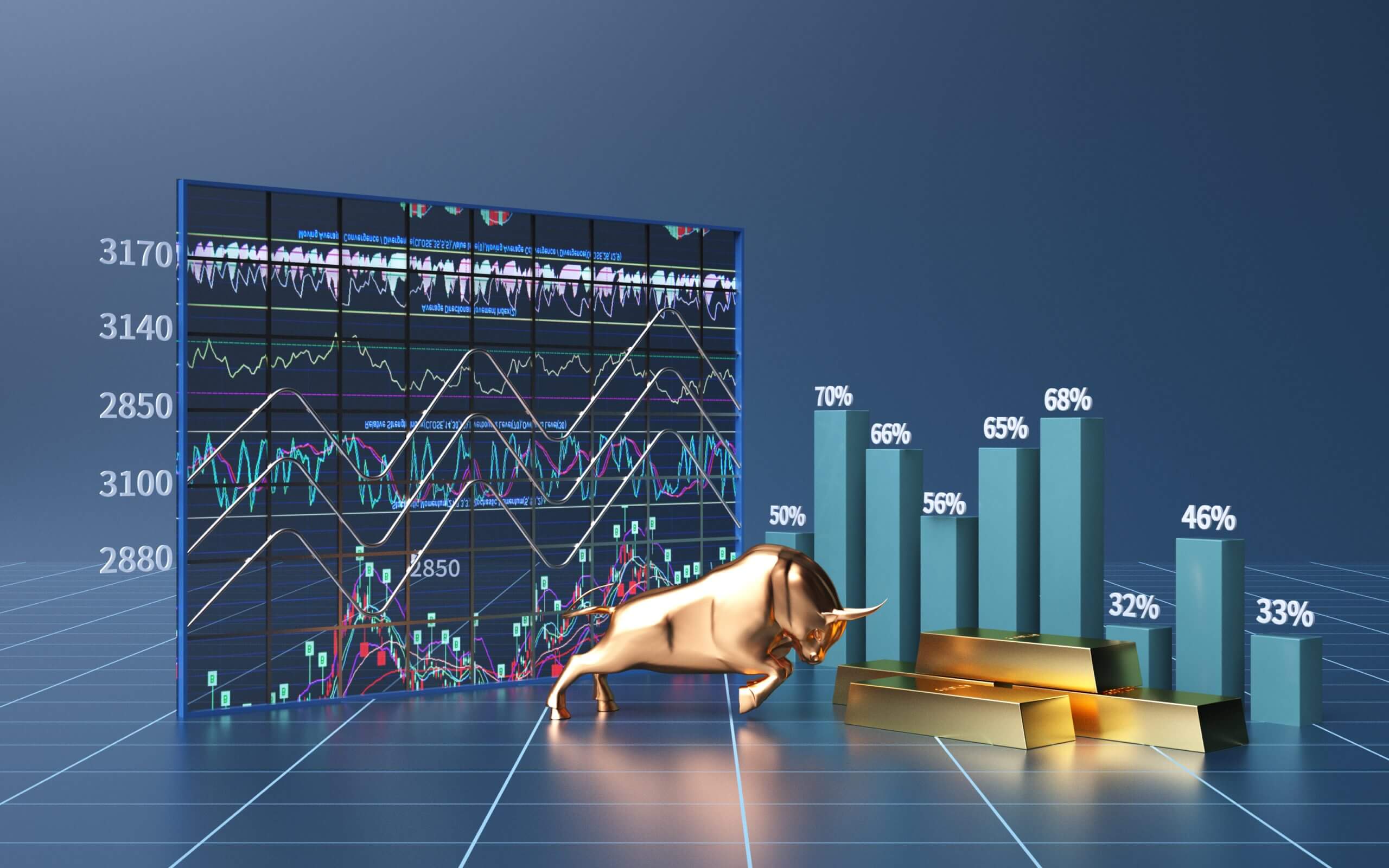




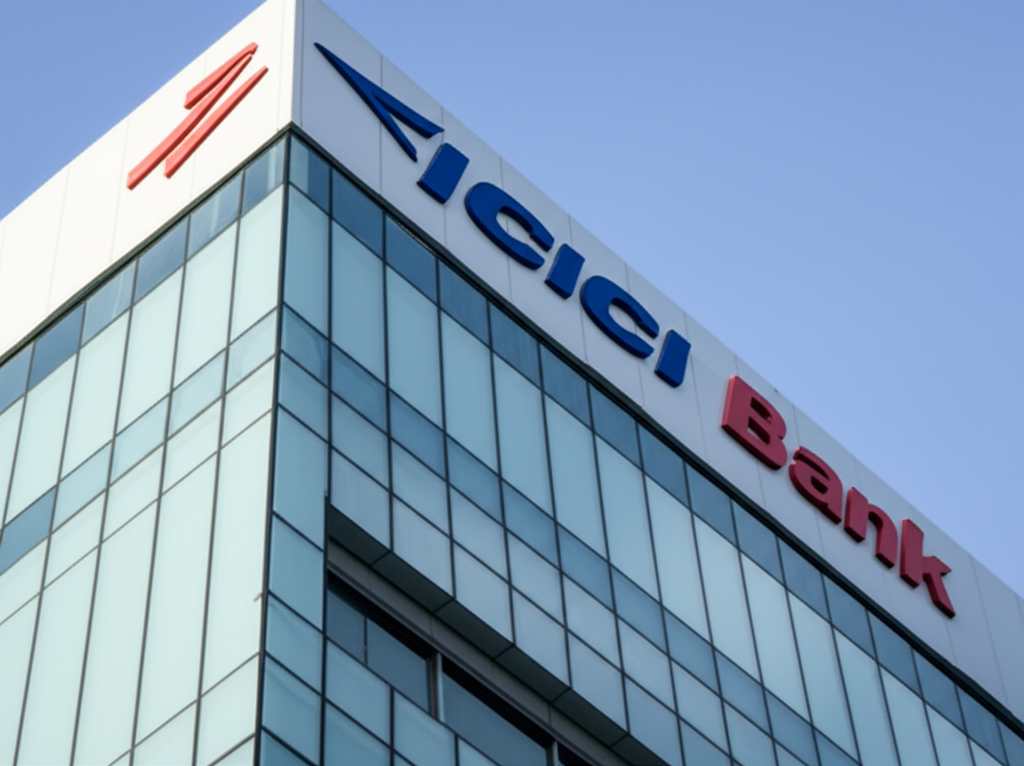
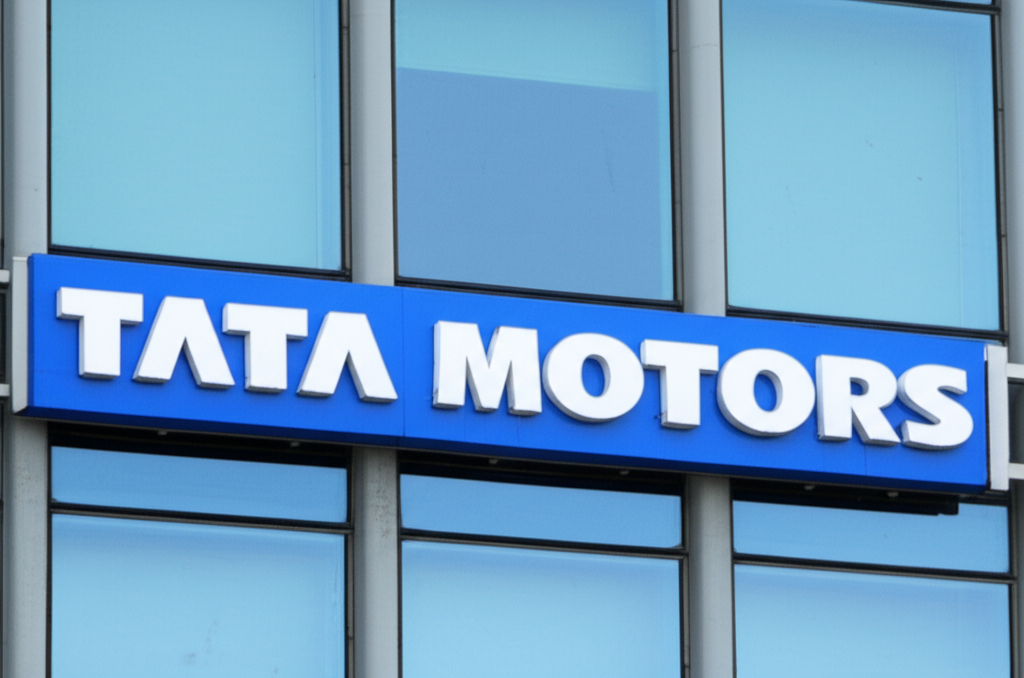
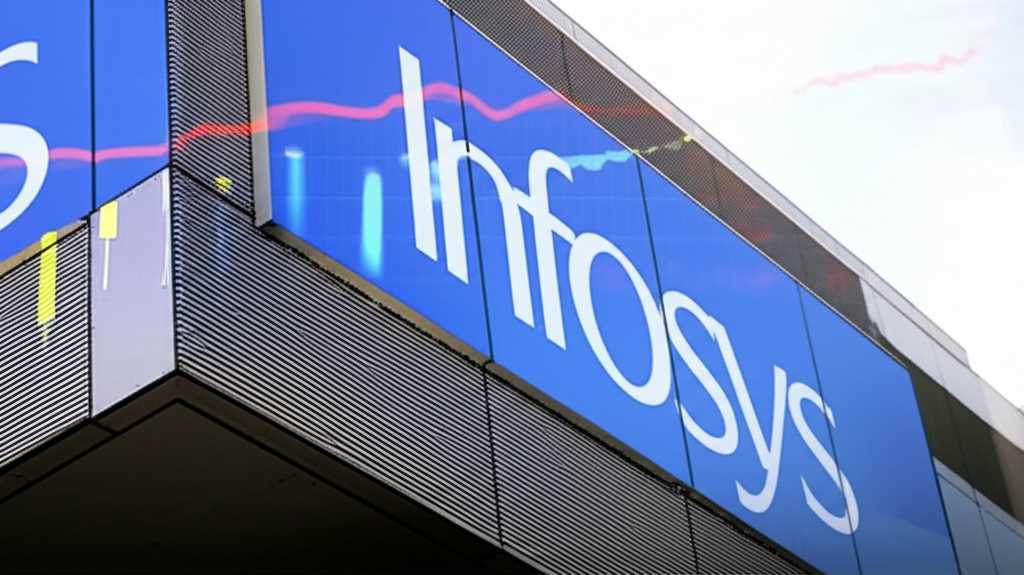
0 Comments